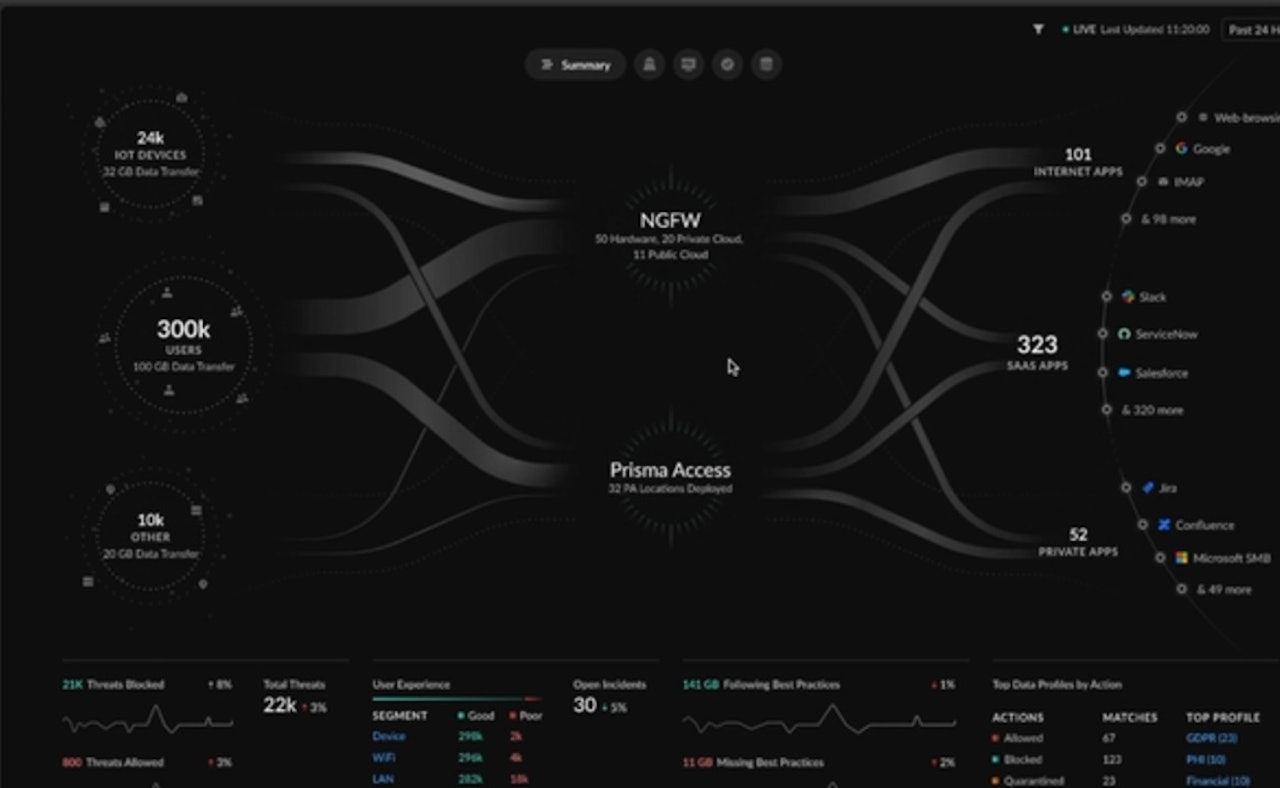Gone are the days when cyberattacks were the work of lone hackers, meticulously navigating each step of a manual cyber kill chain. Today, cyber threats have evolved into high-speed, automated assaults, powered by AI and machine learning, capable of infiltrating systems in seconds.
The growth of automated hacking tools has redefined cybersecurity as we know it, creating a landscape where machine-driven threats operate faster and more efficiently than ever before.
To better understand this shift, it's important to compare how traditional cyberattacks were structured versus how modern, AI-driven attacks unfold.
What is a traditional cyber kill chain?
The traditional cyber kill chain is a linear model that outlines the sequential steps an attacker typically follows to breach a system. Developed by Lockheed Martin, it includes stages like reconnaissance, weaponisation, delivery, exploitation, installation, command and control, and actions on objectives.
Each phase requires a high degree of manual input and technical expertise, with attackers often spending considerable time researching targets and tailoring payloads. While effective in mapping traditional threats, this model assumes a human-paced approach to attacks.
What is a new machine-led attack chain?
In contrast, the machine-led attack chain is driven by automation, AI, and machine learning. This modern approach dramatically speeds up each stage of the attack, from scanning and targeting to exploitation and command and control.
Machine-led attacks can autonomously adapt to environments, develop or modify payloads in real time, and launch broad-scale campaigns with minimal human oversight. These capabilities make the attack chain dynamic, scalable, and far more difficult to predict or stop using traditional defence models.
A comparison between traditional and machine-led attack chain
Let's dive into a side-by-side comparison of the traditional cyber kill chain and the new machine-led attack chain, highlighting key differences and the implications for modern cybersecurity defences.
How to defend against modern attack chains?
To defend against both traditional and machine-led attack chains, organisations need to adopt a proactive, layered security approach. This includes implementing real-time threat detection and response capabilities, leveraging AI and machine learning for anomaly detection, and embracing frameworks like Zero Trust.
Continuous network monitoring, regular patching, employee awareness training, and automated incident response play a vital role in disrupting the speed and sophistication of modern attacks. Staying ahead means modernising your defences to match the pace and power of today’s threats. Read more about defending against machine-led attacks in my next article.
Do you want to know more about this topic?
Our experts and sales teams are at your service. Leave your contact information and we will get back to you shortly.










